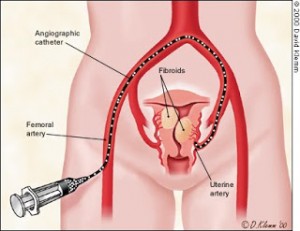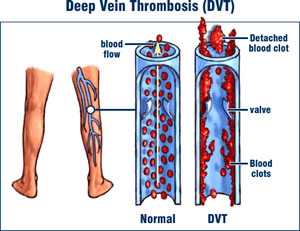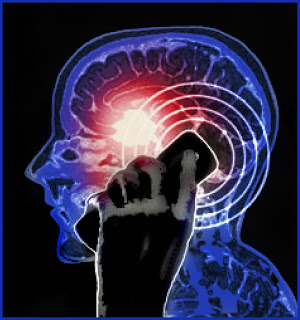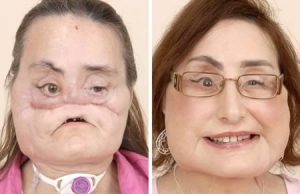Checking out the patient’s heart disease risk factors used to be very basic. Lifestyle questions were one aspect: was the patient smoking? Did he have a lack of exercise? Did he have a risk of heart disease in the family? The patient’s diet was analyzed and the body weight was assessed. Cholesterol and triglyceride levels were the basic labs that provided more information. The risk factor assessment, as exemplified by criteria from the Framingham study, made a lot of sense.
In the meantime cardiologists are concerned that all these points are no longer sufficient in identifying individuals at risk for heart disease. Dr. Morteza Naghavi, president for the Association for the Eradication of Heart Attacks, is concerned that it is not only obesity and hypertension that bear the risk for heart attacks, but atherosclerosis. A lot of heart attacks occur in the low- and moderate risk groups. As far as he is concerned, every man aged 45-75 and every woman from 55-75 needs to be screened. We are better equipped to do something for people who have a high plaque burden (deposits in the blood vessels.) Statins are the medication of choice to help these patients.
Screening techniques have become less invasive, as imaging technology has made large progress in recent years. The condition of the carotid artery can be assessed by ultrasound (carotid intima-media thickness or CIMT). Coronary calcification score (CACS) can be measured by CT scanner. The tests are done in a few minutes, and the cost at the most is a few hundred dollars. A patient would only be screened every five years. Screening procedures work and save lives, as demonstrated in the screening for breast cancer. The SHAPE team (The Screening for Heart Attack Prevention and Education) has calculated that the screening cost is even better than breast cancer screening. There are other tests that improve the sensitivity of traditional criteria, like the blood test for C-reactive protein, but in assessing the patient’s risk, it does make sense to go to the source of disease. The striking color image that demonstrates the atherosclerotic burden will allow the patients to see the problem with their own eyes.
It may be a healing shock that has a beneficial effect on the compliance of patients. Test results of laboratory work are words, but here a picture is worth a thousand words when it comes to encourage the patient to actively work on prevention.
More information on heart attacks: http://nethealthbook.com/cardiovascular-disease/heart-disease/heart-attack-myocardial-infarction-or-mi/
Reference: National Review Of Medicine, July 30, 2006, page 7
Last edited November 1, 2014















